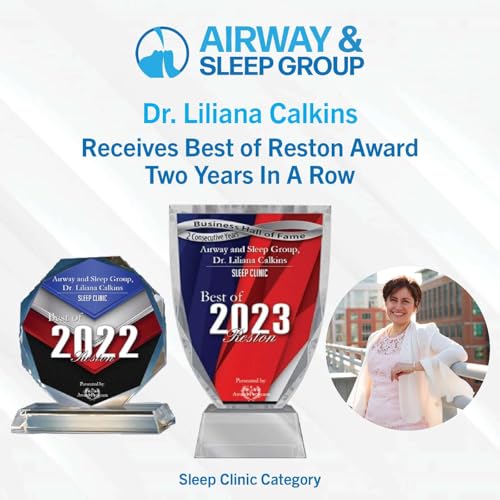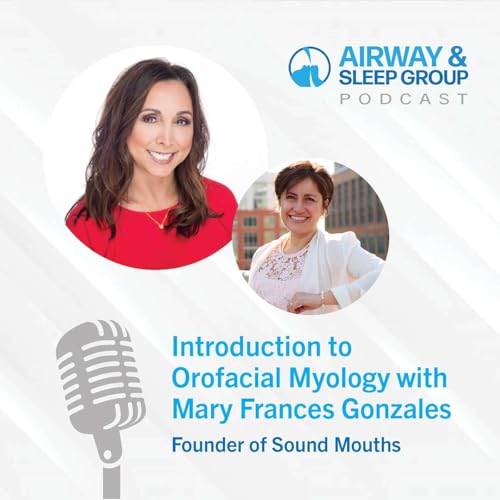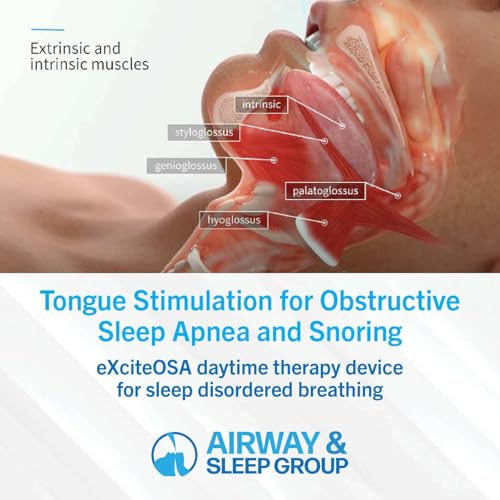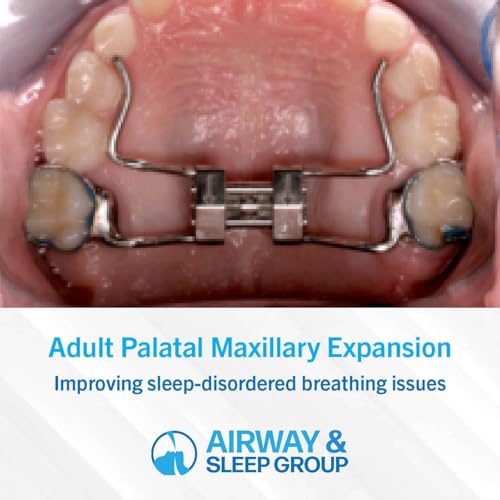Get Relief For OSA Symptoms
Snoring can annoy a sleep partner, but it can also indicate a more serious health risk. It’s often associated with obstructive sleep apnea (OSA). Thankfully, technological advances, such as tongue stimulation, have led to treatments that are providing relief!
Obstructive sleep apnea (OSA) is prevalent in approximately 33% of American adults aged 30-69 years, with 55% of those cases falling within the mild range. It’s often associated with habitual snoring, poor quality of life, and a significant increase in the risk of cardiovascular and metabolic disease.
Until now, treatment options have included positive airway pressure (PAP), oral appliances, and hypoglossal nerve stimulation, which only treated the disease while the subject was asleep. However, those using PAP did show improvements in sleepiness, functional status, cognitive function, and blood pressure when used for more than 5.5 hours per night. Surgery on the upper airway was rare.
One of the problems with these treatment devices is getting people to use them. Adherence to medical recommendations is low, with studies showing that 50% of PAP patients use it fewer than 4 hours a night.
What is eXciteOSA?
Technological developments have presented a new treatment that can be used while the subject is awake: Signified Medical Technologies’ eXciteOSA®.
eXciteOSA is an FDA-authorized prescription medical device designed to be used once daily for six weeks to retrain the tongue and upper airway muscles. After that period, therapy can be reduced to at least twice weekly for long-term maintenance.
The tongue stimulation device is composed of four components:
- A control unit (suitable for multi-patient use)
- A washable mouthpiece (for single-patient use)
- A smartphone app that pairs with the control unit to control therapy via Bluetooth, enabling the user to initiate sessions and control intensity.
- A physician portal for remote monitoring and long-term patient management
For more information, see our previous blog post on eXciteOSA.
eXciteOSA® Offers Tongue Stimulation Treatment for Obstructive Sleep Apnea
eXciteOSA is an intraoral neuromuscular electrical stimulation device designed for the once-a-day treatment of primary snoring and mild obstructive sleep apnea. It targets an underlying cause of OSA, specifically the inadequate responsiveness of the upper airway dilator muscle.
The largest muscle in the upper airway is the tongue (genioglossus). It can experience greater fatigability and reduced endurance in those who have OSA. Research has shown that providing neuromuscular electrical stimulation, or tongue stimulation, can improve muscle endurance, as associated with an underlying shift from fast-twitch to slow-twitch muscle fiber composition. Slow-twitch fibers are used for sustained, long-duration activities and play a role in maintaining an open upper airway during breathing and closing off the airway while eating. Fast-twitch fibers are used for short-burst power activities like chewing, swallowing, respiration and speech.
eXciteOSA applies electrical stimulation directly to the tongue for just 20 minutes per day while you’re awake. Those using eXciteOSA for tongue stimulation have shown significant improvements in snoring, OSA severity, sleepiness, and sleep quality.
Related: NIH sleeping tongue study
Learn More About Tongue Stimulation to Help Treat OSA and Snoring with Airway & Sleep Group
If you’d like more information about eXciteOSA and the latest treatments for OSA and snoring, contact Airway & Sleep Group at 571-244
 Apr 26 20234 mins
Apr 26 20234 mins 2 mins
2 mins 4 mins
4 mins 16 mins
16 mins 4 mins
4 mins Jan 5 20234 mins
Jan 5 20234 mins 4 mins
4 mins Nov 30 20224 mins
Nov 30 20224 mins

